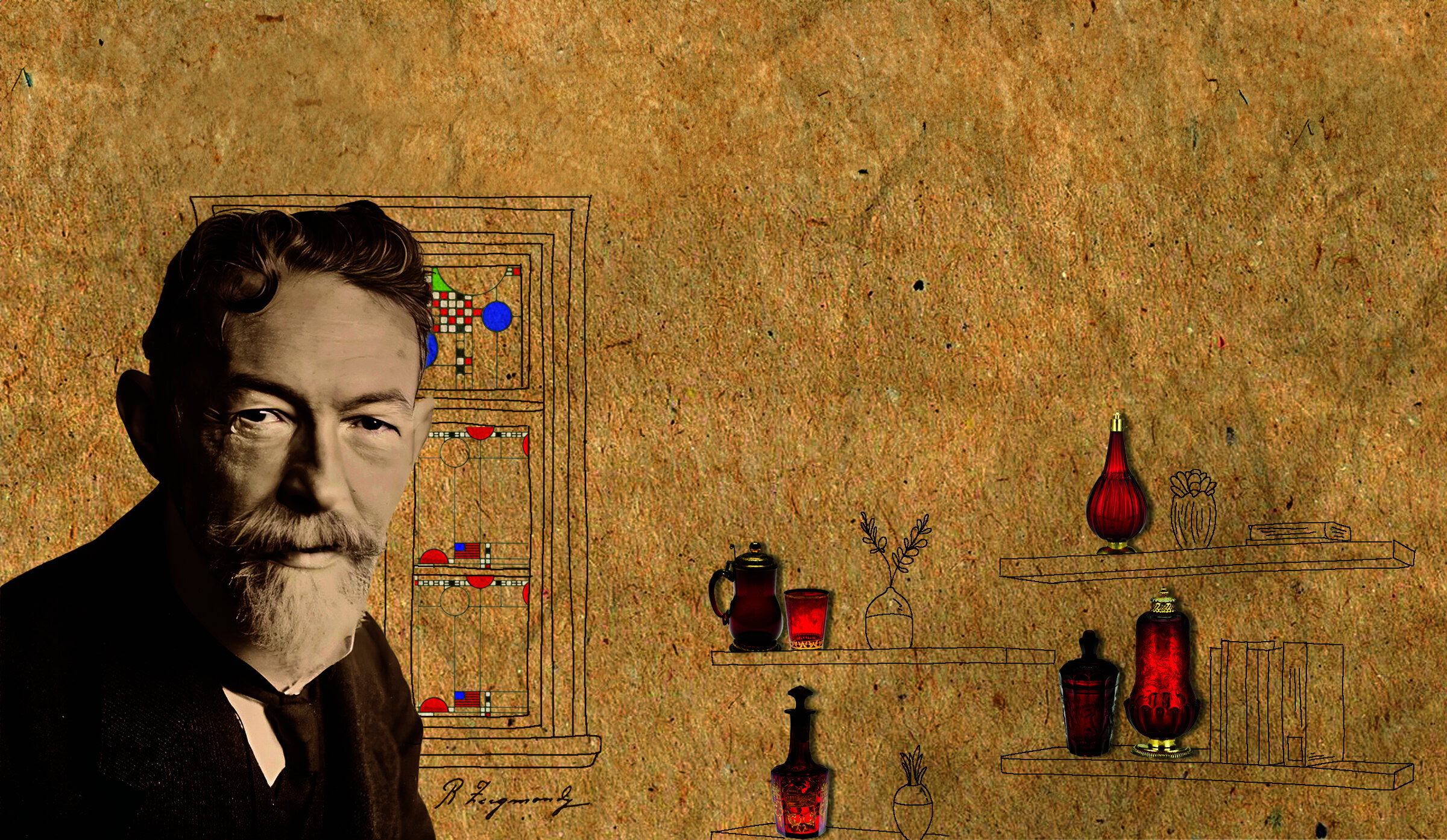Richard Adolf Zsigmondy: Nobel laureate and pioneer in optical glasses
Although few Nobel Prizes have been awarded for research in glass science, glass has played a critical role in enabling Nobel-winning discoveries.
For example, optical glasses are critical components for seeing both the microscopic world and the greater cosmos, enabling the entire fields of microbiology and modern astronomy.
The sole Nobel Prize recognizing optical glasses was awarded to Charles Kao in 2009 for “groundbreaking achievements concerning the transmission of light in fibers for optical communication,” an idea that was reduced to practice by Donald Keck, Robert Maurer, and Peter Schultz at Corning Glass Works (Corning, N.Y.).1 What is less known is that one of the early winners of the Nobel Prize in Chemistry (1925), Austrian chemist Richard A. Zsigmondy (1865–1929), was also a pioneer in optical glasses because of his work in colloid chemistry.2
